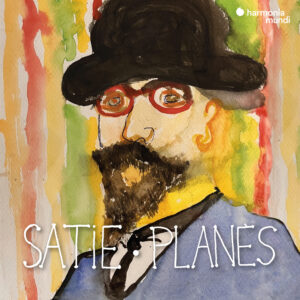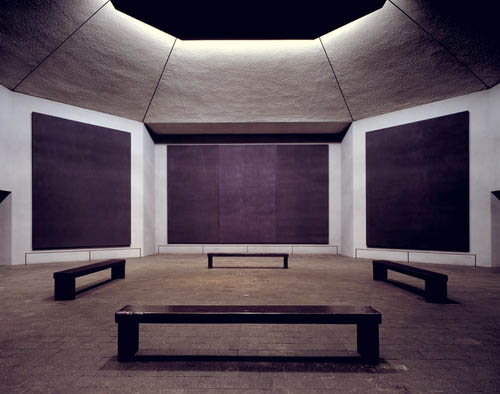Satie
Alain Planès, Pleyel piano (1928)
François Pinel, piano duets, Marc Mauillon, baritone
Harmonia Mundi
In 2025, substantial attention is being paid to the 150th anniversary of Maurice Ravel’s birth. Pianist Alain Planès has instead decided to celebrate the centenary of Erik Satie’s passing with a recording of music from the various stylistic periods of the eclectic composer’s oeuvre. Most of the music are works originally for piano and transcriptions, but there is a set of four-hands pieces and another of songs.
At age seventy-seven, Planès has maintained his technique and interpretive skill, accommodating the varying demeanors – lyrical, enigmatic, bumptious, and virtuosic – of Satie’s music. Historically informed performance has extended into the twentieth century, and the pianist observes this by using a 1928 Pleyel, a piano similar to those Satie would have played upon.
There are pieces that recall Satie’s work in cafes and theaters, such as the Valse-ballet, which opens the recording. Even in idiomatic genre pieces, there is a quirkiness to the dynamics and phrasing. Two song transcriptions, La Diva de L’Empire, and Satie’s “hit tune” Je te Veux, close the recording in a similarly light-hearted vein. The Gymnopedies and Gnossiennes, some of the composer’s well known and best-loved works, figure prominently in the program. Planès plays them with delicacy and small touches of rubato and dynamic inflections, exactly where the score indicates these fluctuations in phrasing.
Avant-dernières pensées (“Penultimate Thoughts”), Chapitres tournés en tous sens (“Chapters Turned Every Which Way”), and Embryons desséchés (“Dessicated embryos”) are three humorous piano suites from the 1910s. The earlier Pièces froides (“Cold pieces”) exhibit similar jocularity. Even when going for musical jokes – quotations, weird juxtapositions, and sudden dynamic shifts – Satie always creates music that is well wrought for the instrument and its player. Planès presents the humor wryly, never overdoing it to go for a cheap laugh.
Trois morceaux en forme de poire (“Three pieces in the shape of a pear”) is for piano four-hands. The first resembles a Gymnopedie with a jaunty flourish at the end, the second has digressive flurries of runs punctuated with staccato chords and an emphatic bass line, and the third juxtaposes a lilting duple time dance with stentorian cadences. François Pinel is an amicable duet partner. Baritone Marc Mauillon joins Planès for Trois Mélodies, his voice easily navigating the high tessitura of the music with expressive nuance. The first, “La Statue de Bronze” (“The Bronze Statue”) recalls the oom-pah ostinato of popular Parisian fare. “Daphénéo” is more impressionist in tone but still peculiar, with some of its text not easily translatable. “Le chapelier” (“The hatter”) is in a lilting compound time until its forte climax, which is followed by a delicate coda.
Satie is worth yet more anniversary commemorations, but if the only one were to be this excellent recording, it would still provide a significant homage for his influential music.
-Christian Carey

